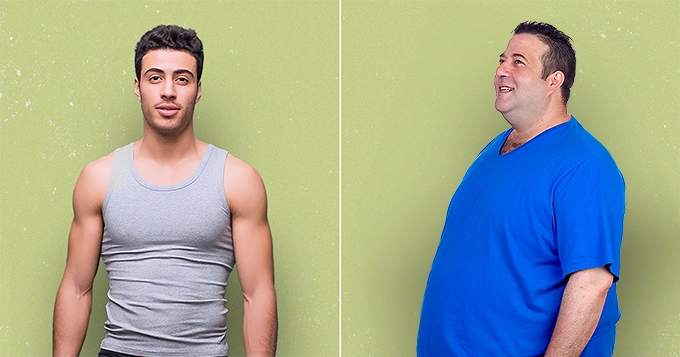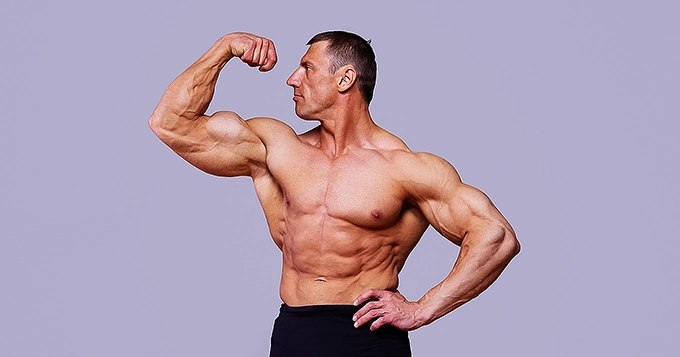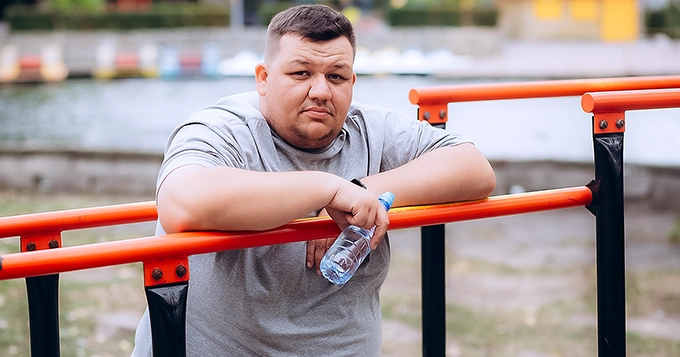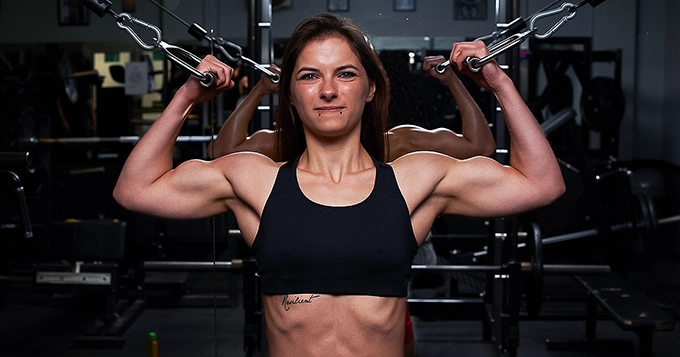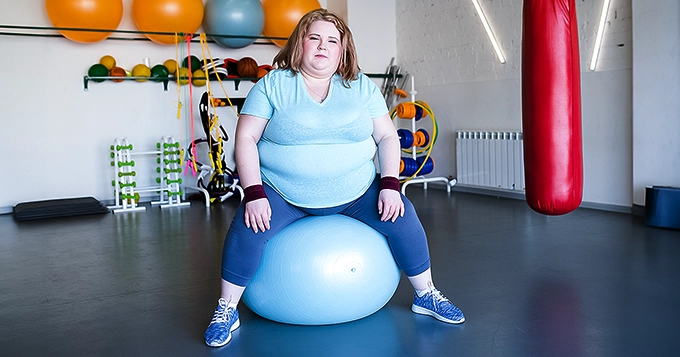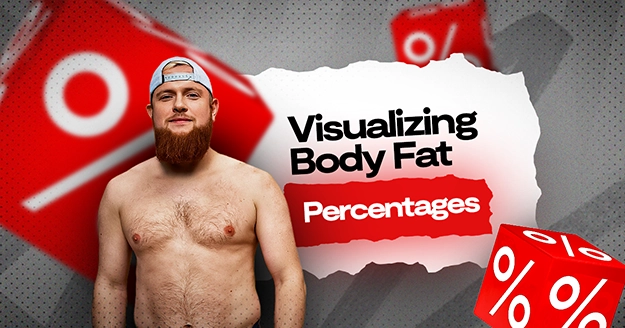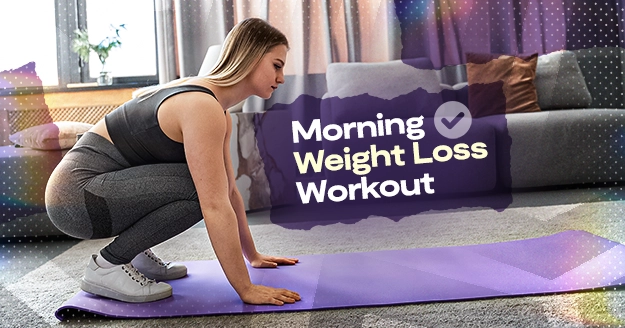Why do some people have visible muscles and others look softer? This difference comes down to something called body fat percentage. Knowing how to spot different body percentages can help you understand how healthy someone is and what kind of exercise or diet they might need.
Imagine being able to look at someone and visually estimate body fat percentage. This skill can be very useful. Coaches and trainers use it to help athletes get in shape, doctors use it to keep track of their patient’s health, and even regular people can use it to set fitness goals.
Body Fat Percentage: What is it?
Body fat percentage is a way of measuring how much of your body is made up of fat. Your body is made up of several distinct parts, including muscles, bones, organs, and water. Body fat is only one of these components. Your body fat percentage tells you how much fat is in your overall body weight.
For example, if someone weighs 100 pounds and has a body fat percentage of 20%, this means that 20 pounds of their weight is fat, and the remaining 80 pounds is everything else, like muscles and bones. This differs from looking solely at weight because two persons may weigh the same yet have distinct body compositions. One might have more muscle and less fat, whilst the other may have more fat and less muscle.
Importance of Body Fat Percentage
Unlike simply tracking weight, body fat percentage provides a clearer picture of your body’s composition. It is also important for several reasons, such as:
Health: Too much or too little body fat can affect your health. High body fat percentages are linked to conditions like heart disease and diabetes, while very low body fat can also cause health problems.
Fitness: Athletes and people who exercise regularly often track their body fat percentage to monitor their fitness progress. Lower body fat percentages usually mean more muscle definition.
Appearance: Body fat percentage can change the way you look. Lower percentages often mean more visible muscles, while higher percentages might mean a softer appearance.
Methods of Measuring Body Fat Percentage
There are several methods for measuring body fat percentage, each with pros and disadvantages. Here are some of the most common methods:
- Skinfold Calipers: measure the thickness of skinfolds at specific body sites to estimate overall body fat. Common sites include the abdomen, thigh, triceps, and back.
Pros: It is inexpensive, widely accessible, and can be done quickly.
Cons: Requires skill and consistency to get accurate measurements and it is less accurate for people with very high or very low body fat percentages
- Bioelectrical Impedance Analysis (BIA): This device transmits a small, harmless electrical current through the body and detects its resistance. Fat-free mass, like muscle and water, conducts electricity well while fat mass does not.
Pros: Available in many consumer-grade scales. Easy to use and quick.
Cons: Accuracy can be affected by hydration levels, food intake, and skin temperature. Less Accurate than some other methods.
- Measurement of Circumferences (Girth Measurements): Using a tape measure, circumferences of various body parts (e.g. waist, hips, neck) are taken and used in predictive equations to estimate body fat percentage.
Pros: Inexpensive and simple. This may be accomplished at home with little equipment.
Cons: Does not account for muscle mass. It is less accurate and more variable depending on the measuring technique.
Why Visual Identification is Useful
Unlike other methods that require specialized equipment, professional expertise, or significant time investment, visual body fat percentage identification can be a quick, practical, and non-invasive way to estimate body composition. It can also be done in any location and at any time. This method uses observable physical characteristics to generate accurate estimations about a person’s body fat, making it an important ability for quick evaluations and personal tracking.
Here are some of its benefits:
- Quick and Convenient
Visual identification allows for immediate estimation without the need for tools or appointments. Anyone can learn to make visual assessments with practice, making it accessible to individuals who might not have access to advanced measurement tools.
- Non-invasive
Unlike methods that pinch the skin or stand on impedance scales, visual identification is completely non-invasive and comfortable for the individual. Visual assessment also does not pose privacy concerns as it can be done without requiring individuals to undress or undergo potentially uncomfortable procedures.
- Cost-effective
Visual identification does not require any special equipment, making it a cost-effective alternative to other methods that can be expensive due to the need for specialized devices or professional services.
- Educational Value
Learning to visually estimate body fat percentage can increase an individual’s awareness of their body composition and changes over time. This can be uplifting and motivating, particularly for people on fitness journeys.
- Adaptable to various settings
It is adaptable to a variety of venues, including gyms and fitness centers, clinical situations, and at-home evaluations.
Visual Characteristics of Different Body Fat Percentages
Body fat percentage can vary widely among individuals and is influenced by genetics, diet, physical activity, age, and hormonal balance. These factors affect how and where fat is stored in the body leading to different visual characteristics. Additionally, body fat distribution differs between men and women due to hormonal differences.
Men typically store fat around the abdomen, leading to an “apple” shape, while women often store fat around the hips and thighs, resulting in a “pear” shape. Understanding these differences helps in accurately assessing and interpreting visual body fat percentage.
Body Fat Percentages in Men
Below is the body fat visual guide for men:
- 2-5% Body Fat
Men in the 2-5% body fat range are extremely lean, typically seen in competitive bodybuilders and elite athletes. Their muscle definition is exceptionally pronounced, with visible striations and separation between muscle groups. This level of leanness often results in prominent vascularity, where veins are visible even when the body is at rest.
Reaching and keeping this low body fat % requires a strict diet and tough training plan, and it is rarely sustainable in the long run due to the body’s necessary fat requirements.
- 6-13%
Men with this body fat percentage still exhibit a very lean physique, common among fitness models and athletes during competition phases. At this range, muscle definition remains clear with visible abdominal muscles and a slightly softer appearance compared to the 2-5% range. Vascularity is less pronounced but still noticeable, contributing to an overall defined and athletic look.
Maintaining this body fat percentage visual is slightly more achievable than the lowest range, but it still requires disciplined eating and consistent exercise.
- 14-17%
Men in the 14-17% body fat range are considered lean and fit, often seen among dedicated fitness enthusiasts and athletes. Muscle definition is apparent, and the abdominal muscles are usually visible. This range provides a balanced appearance, where muscles are defined yet have a healthy amount of fullness due to slightly higher fat stores. This body fat percentage is generally more sustainable and allows for some flexibility in the diet while maintaining a strong and athletic build.
- 18-24%
This body fat percentage possesses a healthy, average athletic build. Muscle definition is still present but there is a slight softness around the muscles, giving the body a fit and toned appearance without being overly lean. This range is common among those who maintain physical activity and a balanced diet, offering a practical and healthy physique.
- 25% and Above Body Fat
Men with 25% and above body fat are those who commonly have sedentary lifestyles or less consistent exercise routines. There is increased body softness and muscle definition is minimal. Fat deposits are more noticeable, especially in the abdomen, contributing to a generally rounder body shape. This range indicates the need for lifestyle adjustments to improve health and fitness.
Body Percentages in Women
- 10-13%
Women with this body fat range are extremely lean, a condition often seen in competitive female bodybuilders. Their muscle definition is very sharp, with visible striations and extremely low body fat levels.
Achieving this body fat percentage demands a strict diet and intensive training, making it difficult to sustain long-term due to essential fat needs for hormonal and overall health.
- 14-20%
Women in the 14-20% body fat range are very lean, common among elite athletes. They exhibit clear muscle definition with some visible abdominal muscles. This percentage requires disciplined training and dietary habits, maintaining a high level of fitness while still supporting overall health.
- 21-24%
This is typical for fitness models and athletes. Muscle definition is evident, particularly in the abdominal region, though there is a slight softness around the muscles. This range provides a balanced and fit appearance. It is also more sustainable than the very leanest categories, allowing for a bit more dietary flexibility.
- 25-32%
Women in this body fat range have a visible muscle definition, especially in the arms and abs, with a slight softness that still conveys a fit appearance. This body fat percentage strikes a balance between muscle tone and healthy fat levels, common among active women who maintain regular exercise routines and balanced diets.
- 33-38%
This body fat range shows noticeable softness and roundness, with minimal muscle definition. Fat deposits are more pronounced, especially in the hips, thighs, and abdomen, contributing to a fuller experience. This range suggests the need for lifestyle changes.
- 39% and Above Body Fat
Women under this body fat range are in the obese category. Fat deposits are pronounced throughout the body, leading to a rounder shape. This body fat percentage is associated with higher health risks and typically requires significant lifestyle changes to improve overall health and well-being.
